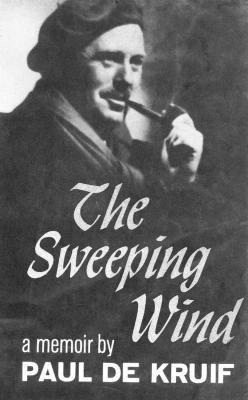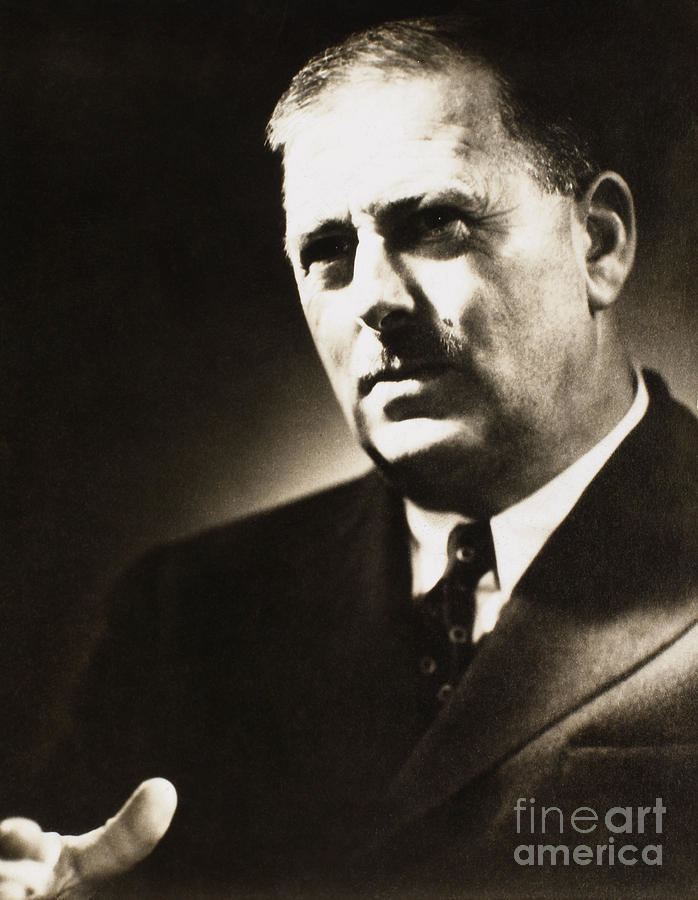Name Paul Kruif Plays Yellow Jack Movies Yellow Jack | Role Author | |
 | ||
Books Microbe Hunters: The Classic Book on the Major Discoveries of the Microscopic World Similar People Sidney Howard, Mari Sandoz, Theodor Storm, Charles Nordhoff, James Norman Hall | ||
Paul de kruif the microbe hunter and author
Paul Henry de Kruif (March 2, 1890 in Zeeland, Michigan – February 28, 1971 in Holland, Michigan) was an American microbiologist and author of Dutch descent. Publishing as Paul de Kruif, he is most noted for his 1926 book, Microbe Hunters. This book was not only a bestseller for a lengthy period after publication, but has remained high on lists of recommended reading for science and has been an inspiration for many aspiring physicians and scientists.
Contents
- Paul de kruif the microbe hunter and author
- Platicamos sobre cazadores de microbios de paul de kruif
- Early life
- Career
- Works
- Influential Articles by Paul de Kruif
- Microbe Hunters
- References

Platicamos sobre cazadores de microbios de paul de kruif
Early life
He graduated from the University of Michigan with a bachelor's degree (1912) and remained to obtain a Ph.D. (1916). He immediately entered service as a Private in Mexico on the Pancho Villa Expedition and afterwards served as a Lieutenant and a Captain in World War I in France. Because of his service in the Sanitary Corps, he had occasional contacts with leading French biologists of the period.
Career
After returning to the University of Michigan as an Assistant Professor, De Kruif briefly worked for the Rockefeller Institute (for Medical Research). He then became a full-time writer.
De Kruif assisted Sinclair Lewis with his Pulitzer Prize-winning novel Arrowsmith (1925) by providing the scientific and medical information required by the plot, along with character sketches. Even though Lewis was listed as the sole author, De Kruif's contribution was significant, and he received 25 percent of the royalties. Many believe the characters in the novel represent people known to De Kruif, with Martin Arrowsmith (a physician, unlike de Kruif) possibly representing himself.
Some of his writings created problems for him. Some essays written while working for the Rockefeller Institute led to his dismissal. Ronald Ross, one of the scientists featured in Microbe Hunters, took exception to how he was described, so the British edition deleted that chapter to avoid a libel suit.
De Kruif was a staff writer for the Ladies' Home Journal, Country Gentleman, and the Readers Digest, contributing articles on Science and Medicine. He also served on commissions to promote research into Infantile Paralysis.
The Sweeping Wind, his last book, is his autobiography.
Works
Influential Articles by Paul de Kruif
Microbe Hunters
De Kruif's celebrated 1926 book Microbe Hunters consists of chapters on the following figures of medicine's "Heroic Age":
